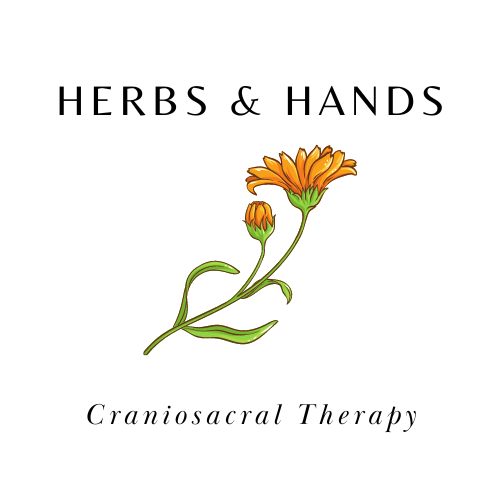Herbal Medicine for Beginners
Herbal medicine making can seem complex at times, but I hope to convince you otherwise. Herbal medicine is people’s medicine, and you can make gentle and effective remedies for yourself from plants growing voluntarily in your yard, plants you find at the grocery store, and plants that you choose to grow in your garden whether that is on a farm or in your window sill. You are probably already familiar with herbs such as garlic, cinnamon, basil, and ginger. Your kitchen collection of herbs and spices is rich with medicinal benefits!
During 2020, we will be diving in to explore 12 different herbs. We will be learning quite a bit about their personalities, how to use them to make medicines and medicinal foods, what they have been used for traditionally, and what the latest research shows. Before diving in, it is a great idea to understand how herbs can be categorized and which herbs are safe to experiment with right away.
A Note on Commercially Available Herbs:
I encourage everyone to try out herbal medicine recipes and make their own home remedies as much possible. For some, this may seem intimidating, but with a little guidance and encouragement, anyone can tap into the healing found in forging a closer relationship with your medicine.
There are also many herbal formulas available for purchase at your local health food store, and many can be found in a well-stocked alternative medicine aisle at your local grocery store. Be sure you know a bit about the manufacturer you are considering purchasing herbal remedies from. Where do they get their plant materials, how are they processed, and how are they tested. I also encourage people to buy from local companies and start with dried or fresh herbs as additions to your food or as medicinal teas. Avoid capsules of herbal products unless specifically recommended by a medical practitioner who knows your medical history, what else you are taking, and understands your current medical issues very well.
My favorite companies to purchase herbs from are: Mountain Mel’s, Herb Pharm, Eclectic Institute, Mountain Rose Herbs, Pacific Botanicals, Clary Sage Herbarium, and Gaia Herbs.
Classification of Herbs
I like to divide herbs into four categories based on how I use them for treatment.
Nourishing
These are herbs that can be used safely and ongoing without interfering with other medications. Additionally, many of these herbs are used nutritionally as food. Some great examples from this category that you can find on a walk around your neighborhood are:
Stinging Nettle leaf
Chickweed
Dandelion leaf
Mullein
Plantain
Self-heal
Tonifying
Tonifying herbs are used to strengthen or support weakened or stressed body systems. They can be used ongoing for months or even years and have a low risk of interacting with medications.
Soothing tonics:
Astragalus
Burdock root
Calendula
Cleavers
Passion Flower
Bitter tonics:
Dandelion root
Mugwort
Fennel seed
Milk Thistle
Yellow Dock
Black, green, or white tea
Astringent (drying) tonics:
Oregon grape
Witch Hazel (never use commercially available witch hazel internally)
Food tonics:
Turmeric
Garlic
Ginger
Mushrooms
Pomegranate
Seaweed
Stimulating & Sedating Herbs
When using stimulating and sedating herbs, you must be under the guidance of a trained herbalist to reduce your risk of causing yourself further health issues. These herbs also have a higher risk of interfering with medications. Occasional use of the below-listed herbs is safe, but if you are using them as a treatment or frequently, you will want to check in with an herbalist/Naturopathic Physician.
Stimulating:
Cayenne
Cinnamon
Licorice
St John’s wort
Sedating:
Catnip
Kava Kava
Lavender
Skullcap
Lemon balm
If you are new to herbal medicines or have yet to make any of your own medicines, I highly encourage you to start playing with the herbs in the nourishing category. If you are currently taking herbs in the stimulating or sedating category, I also highly recommend you speak with your naturopathic doctor or a trained herbalist to determine if they are safe and effective treatments for you and your health goals.
Have fun, stay safe, and enjoy getting to know your herbal allies!








